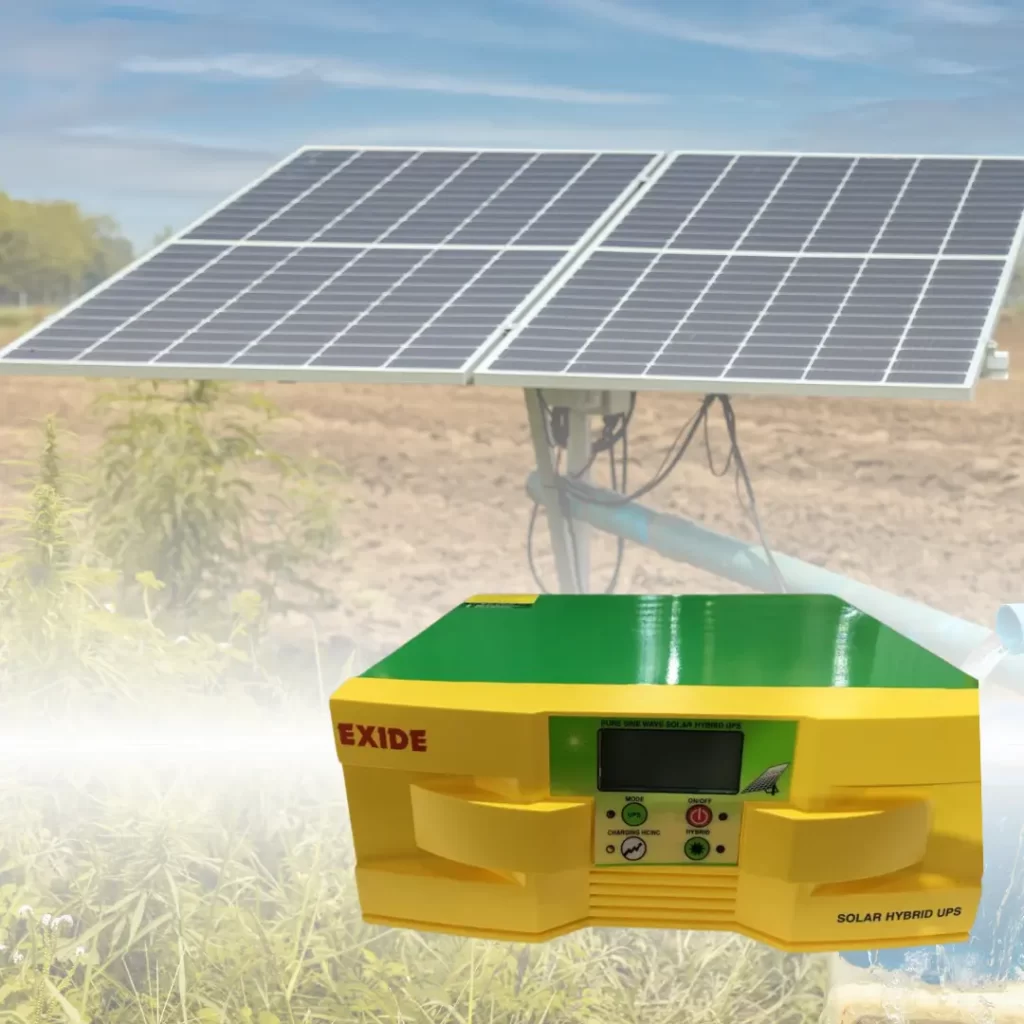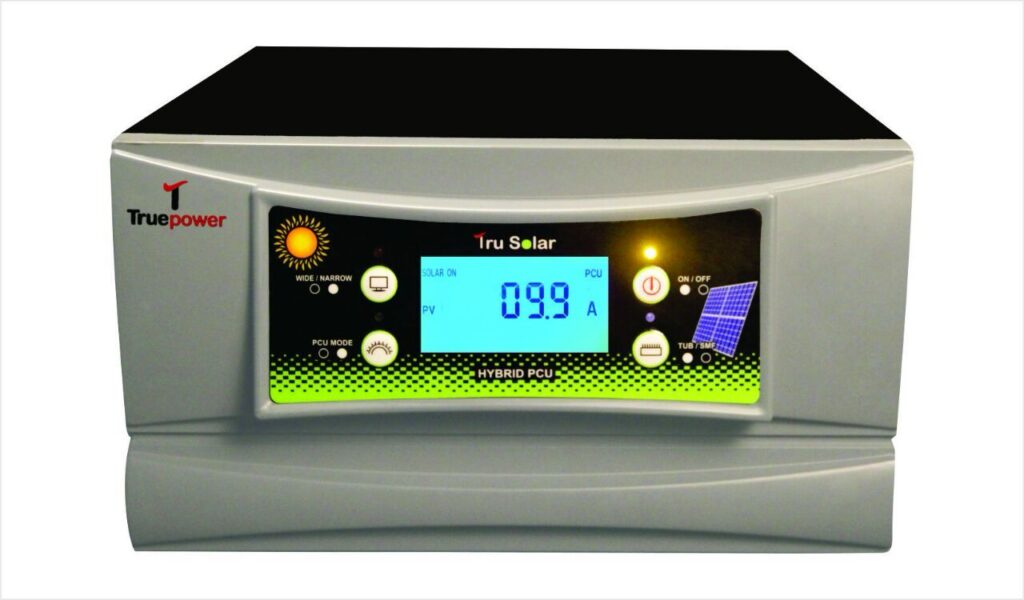SOLAR INVERTER
A solar inverter is a key component in a photovoltaic (PV) system, responsible for converting direct current (DC) generated by solar panels into alternating current (AC) suitable for use in homes and businesses. This conversion enables the seamless integration of solar power into the electrical grid or for direct consumption. Solar inverters come in various types, including string inverters, microinverters, and power optimizers, each offering specific advantages in terms of system efficiency and performance. Advanced inverters may also include features like grid-tie capabilities, monitoring systems, and smart grid functionalities. As an integral part of solar energy systems, solar inverters play a crucial role in maximizing the utilization of clean and sustainable energy from the sun.
- Advanced DSP based technology for absolute and stable sine wave output.
- Excellent electronics circuit design for smart sensing & control of all the parameters.
- LCD indications for Mains ON, UPS ON, Batt Low, Charging, OverLoad, UPS OK.
- Easy monitoring of current status of the system through an interactive Customized display LCD
- Dual Mode of working : UPS and Normal

FEATURES :-
- UPS Mode : Fast switching, Input operating range from 180V to 260V.
- Normal Mode : Wide Input operating range from 100V to 280V
- Closed Loop Auto Sensing Software Control (ASSC) Smart Battery Charging Technology for longer battery life.
- Dual selectable charging current option for Normal Charging and High Charging.
- Intelligent overload sensing circuitry with auto retries facility.
- Programmed Inbuilt cooling fan which operates as needed with UPS thermal protection.
- High Power new generation MOSFET capable to handle high in-rush/ surge current.
- Indicate the health of UPS on the bezel as ‘UPS OK’.
- Highest efficiency at lower cost.
MULTI COLOR LED DISPLAY
- AC mains voltage
- O/P Load in %
- Battery input voltage
- Battery Charging/ Discharging current (Bar Graph)
- Faults Status
- Overload
- Short Circuit
- Fuse Trip
- Over Temp
- Empty ‘Battery’ Blinking

